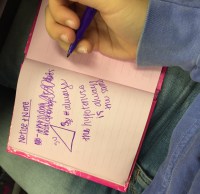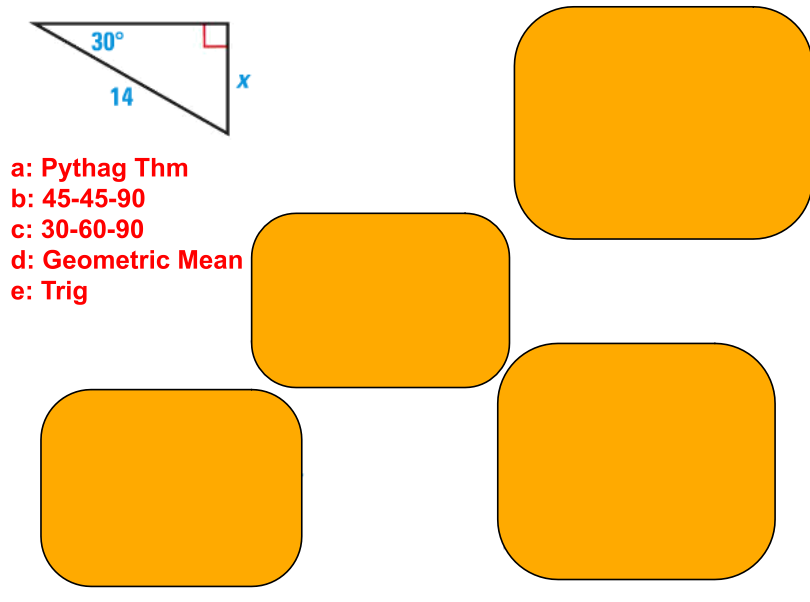
Blending Technology with Paper and Pencil
My geometry class is 1:1 this year; each student has her own MacBook Air. Students share responses to questions digitally in class using TI-Nspire Navigator for Networked Computers. Students explore mathematics using TI-Nspire dynamic graphs and geometry software. We use Canvas, an online learning management system, for assignments. We use Google Drive for sharing electronic documents with each other, and we use MathXL, online homework with built-in learning help, to practice mathematics. What place does pencil and paper have in my students’ learning and understanding of mathematics? Even though many of the tasks that my students do for geometry take place digitally, I am convinced that pencil and paper plays an important role in how much mathematics my students not only learn but also remember. In a Wall…
